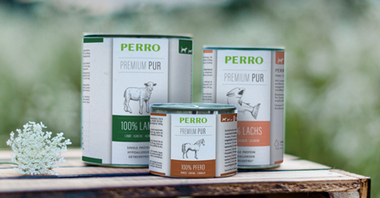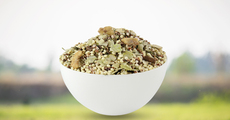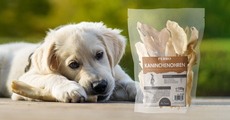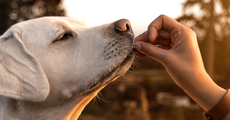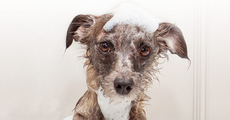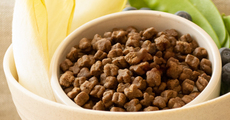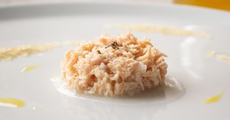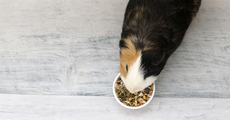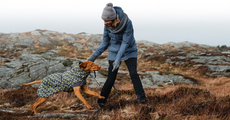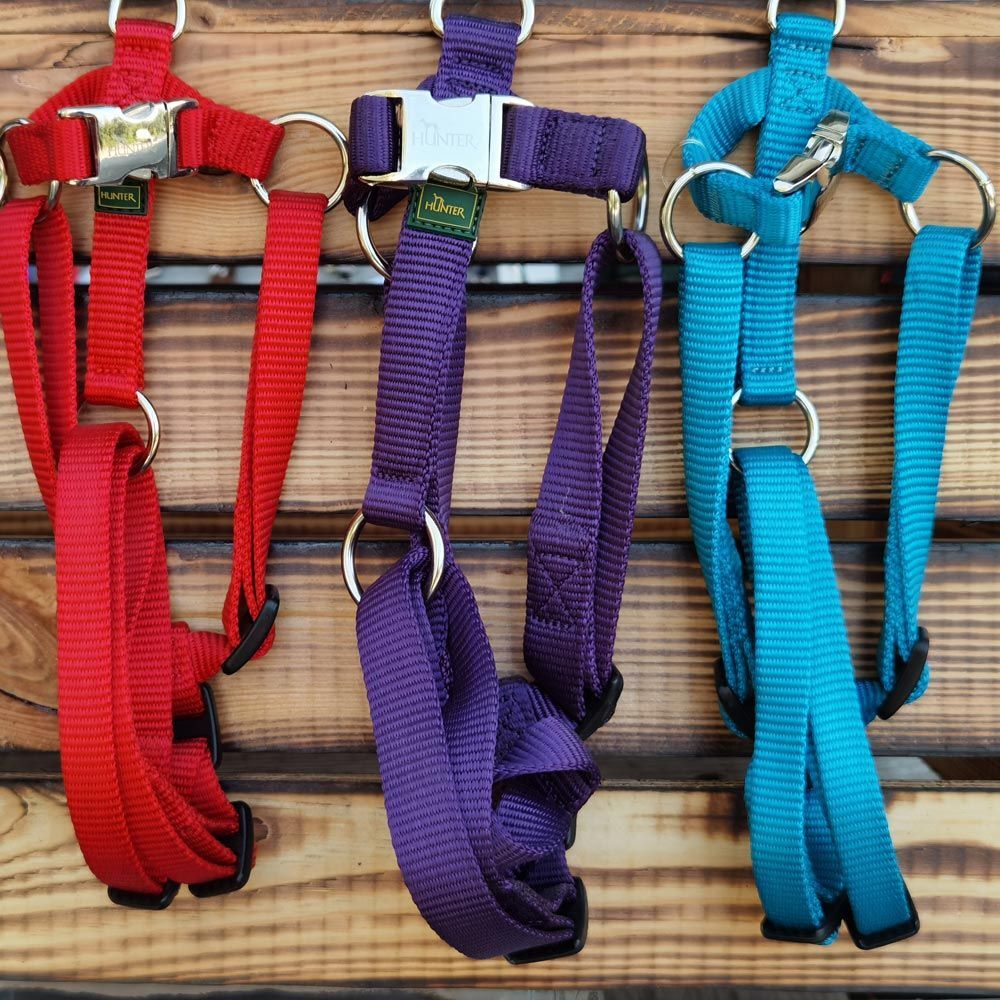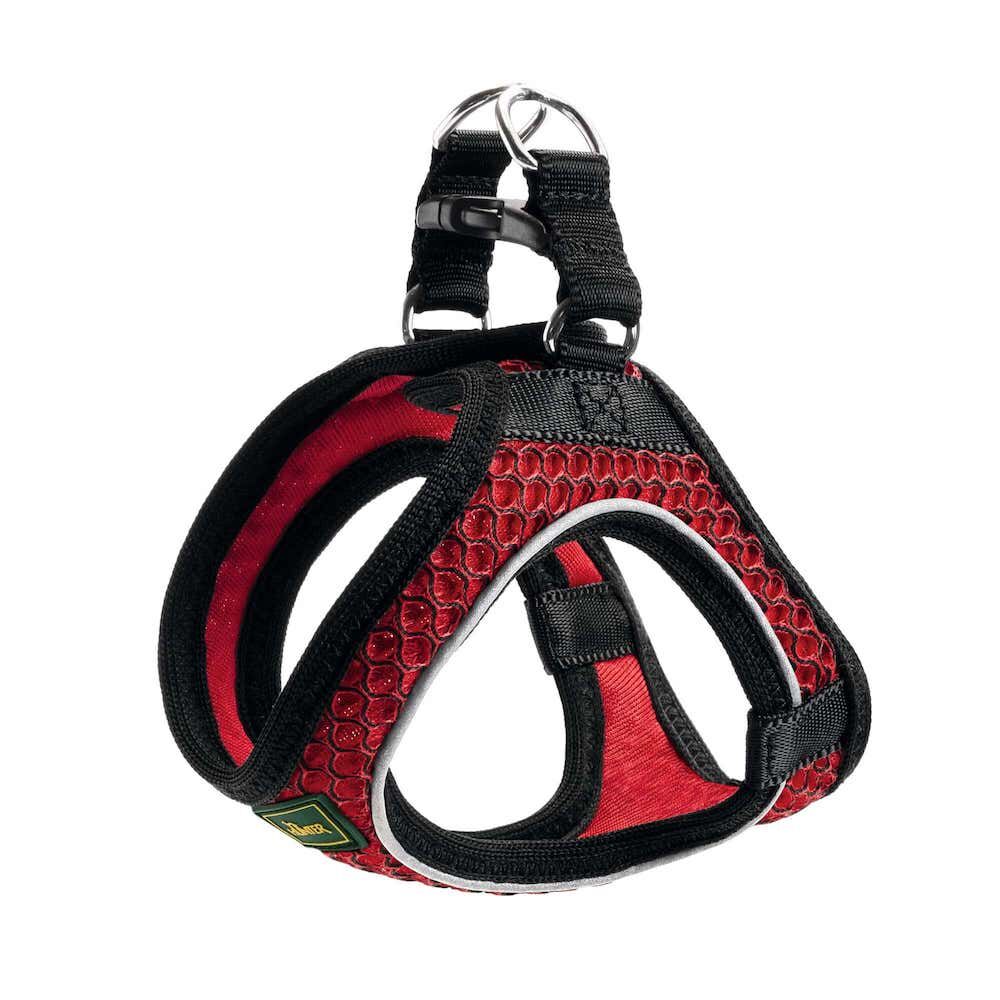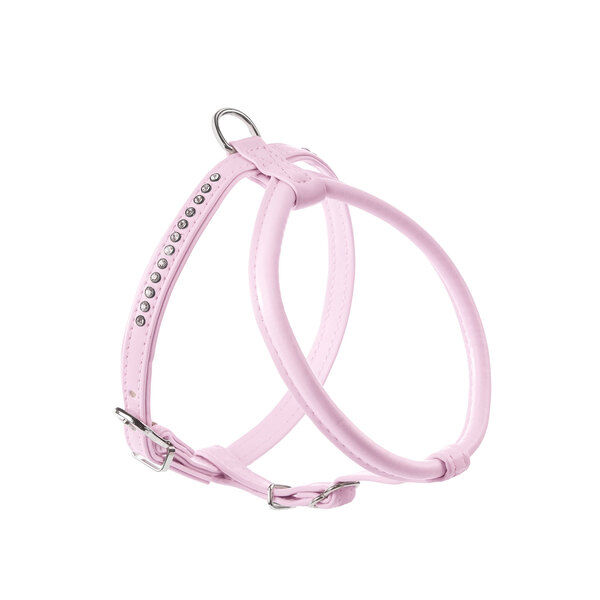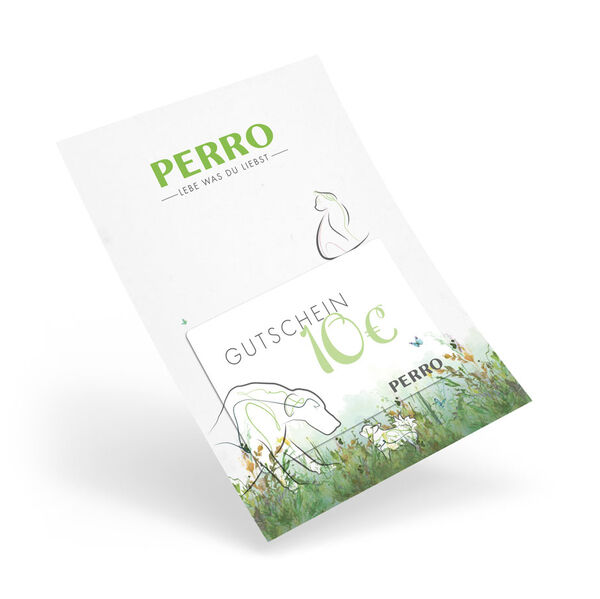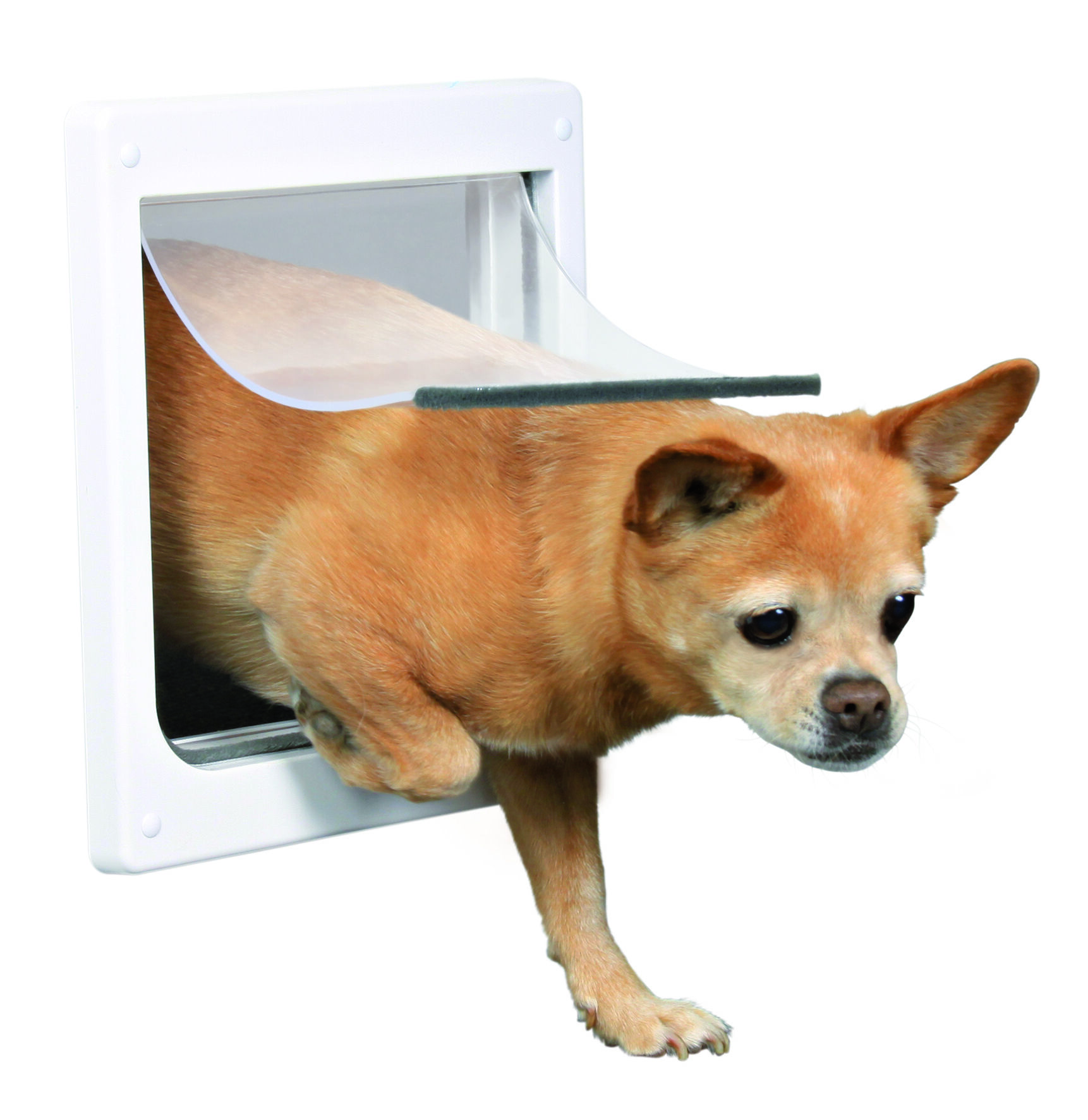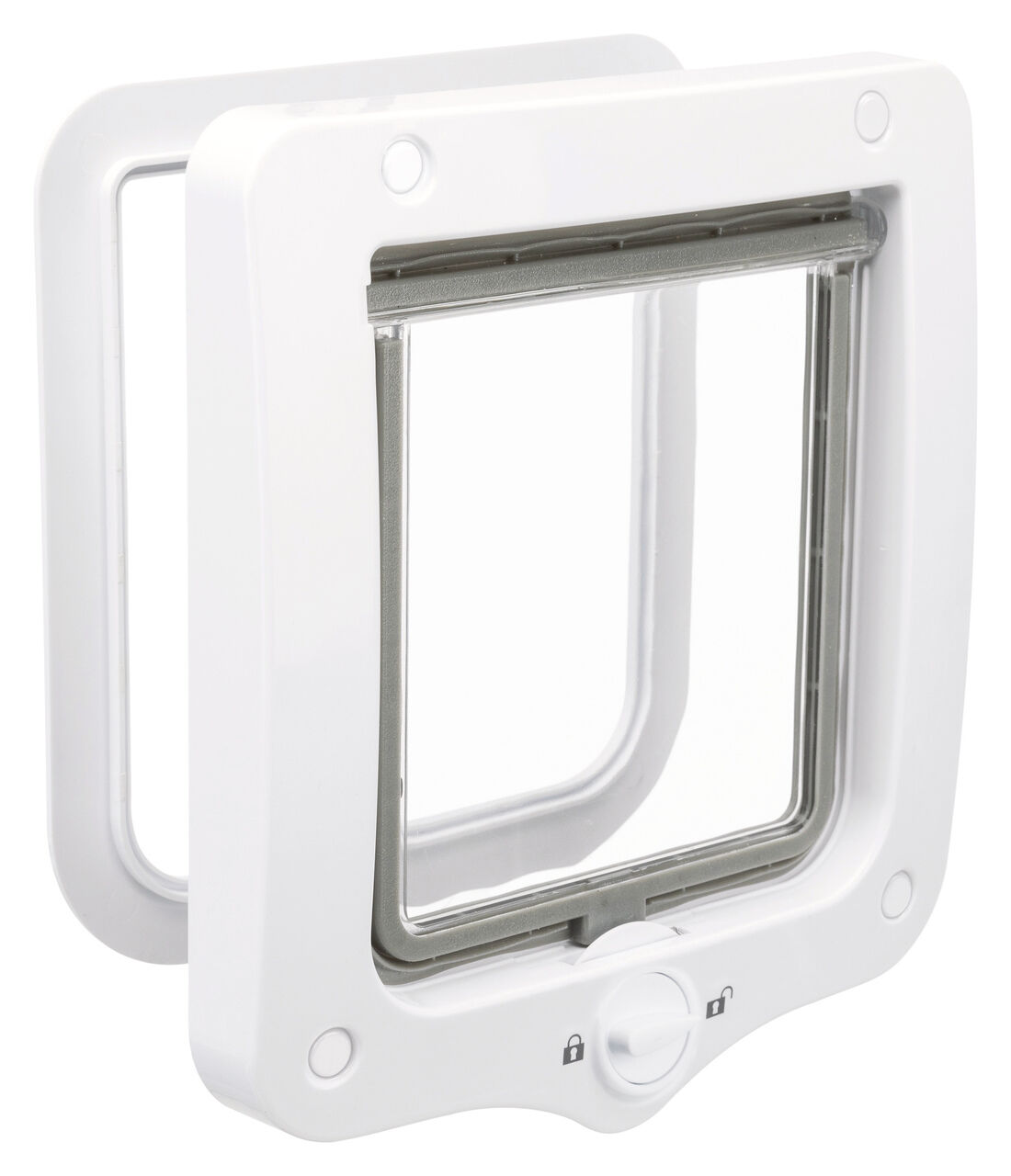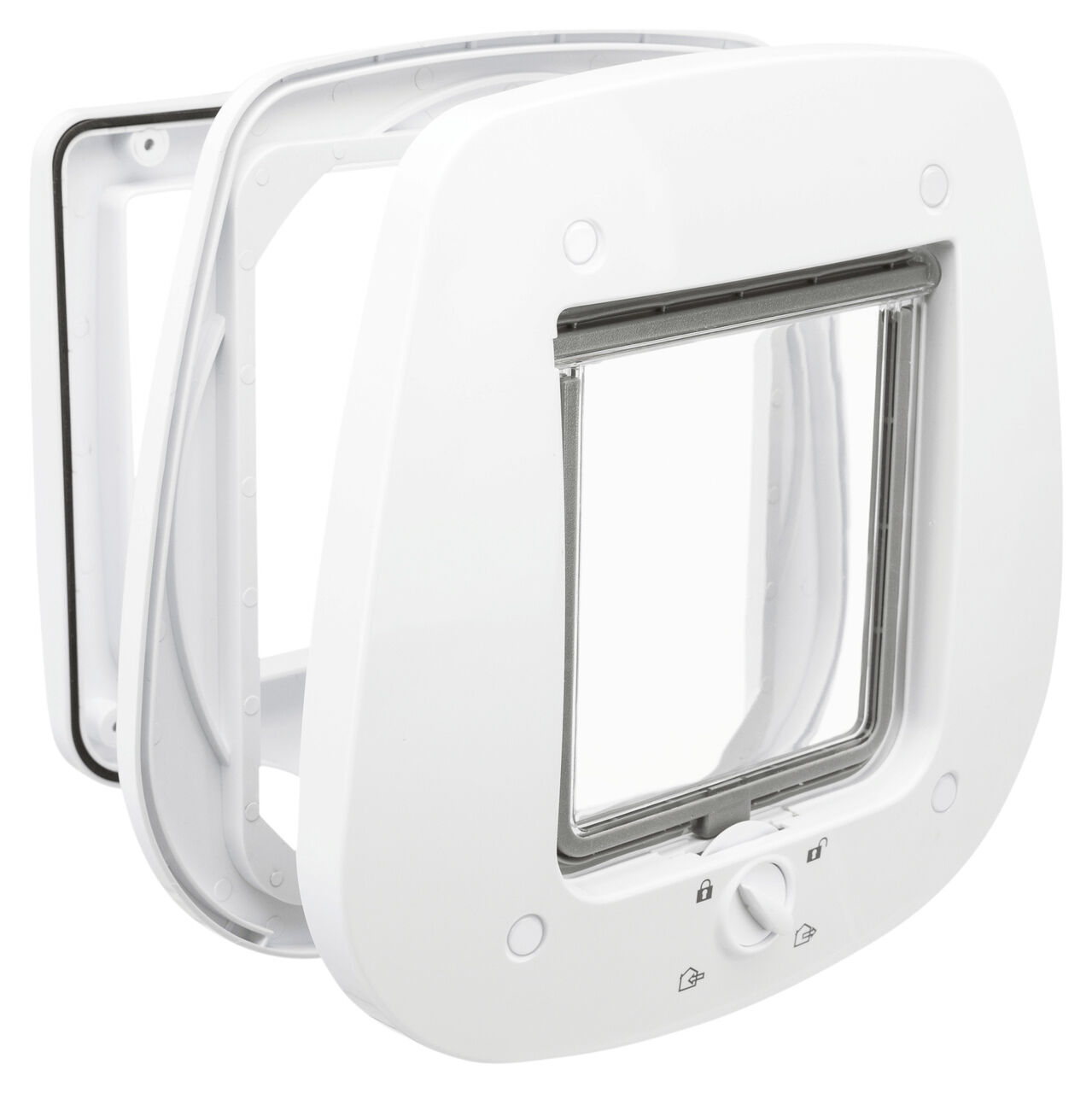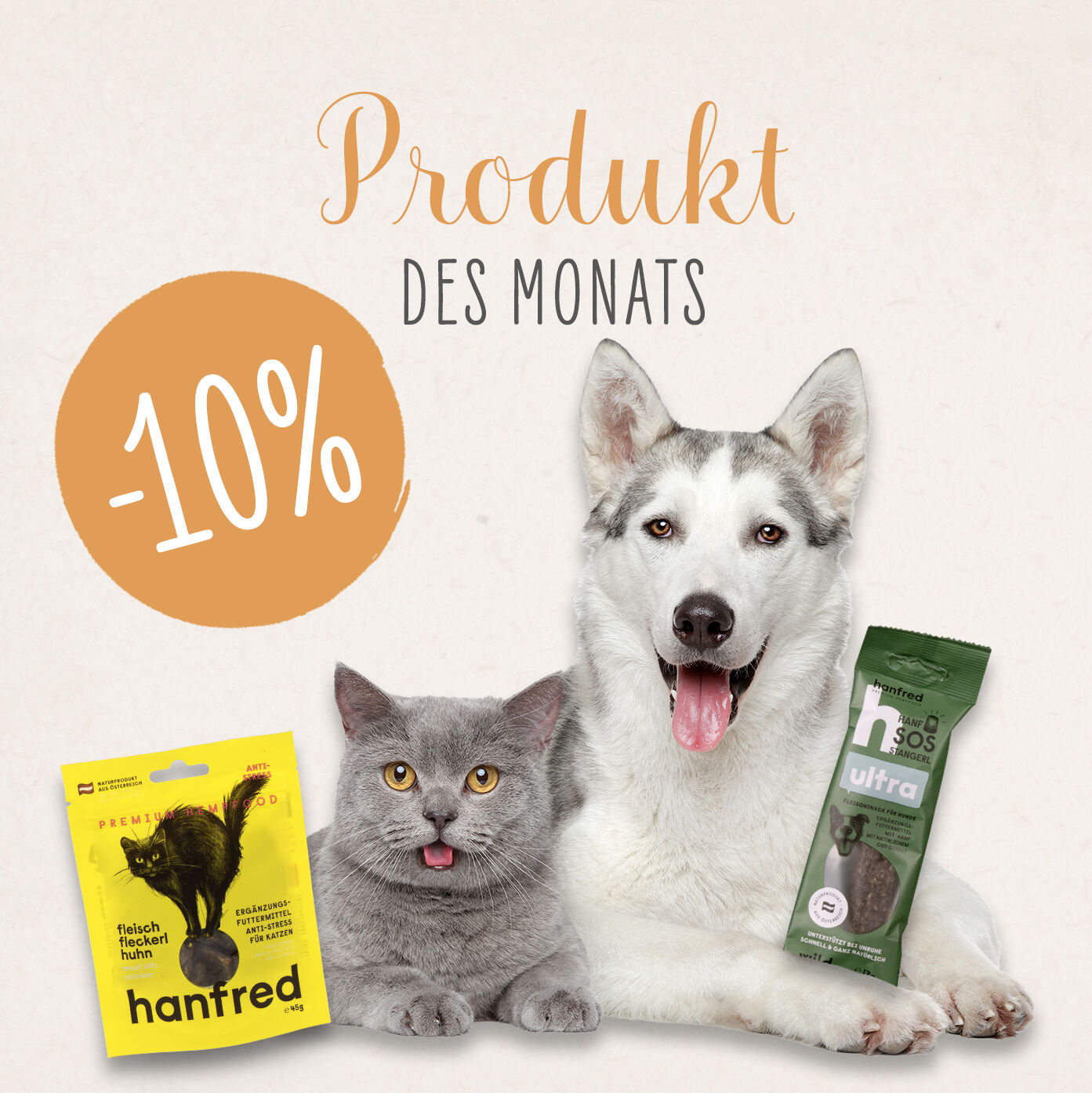Tips for cooling down your dog!
To make the summer heat more bearable for our dogs, we have put together a few practical tips. Because the hot days are also a test of endurance for our four-legged friends.
Cooling vests for dogs
Cooling vests are a great way to help dogs regulate their body temperature. But: How does a cooling vest actually cool the dog? It's simple: the cooling effect comes from evaporative cooling. To do this, the vest must be briefly placed in cold water or doused with it, wrung out and put on the dog. The great advantage of a cooling vest is that the dog wears it on the body and thus has the cooling effect even in motion.
Tip: To allow the dog the highest possible freedom of movement and comfort, the cooling vest must fit perfectly.
Cooling mats for dogs
Many dogs love to lie down in the summer, for example, on the cold tile floor. However, if you don't have tiles in your home, you can offer your dog a pleasantly cool surface with a cooling mat, giving him a cool retreat for hot days. Cooling mats with gel are particularly practical. Here you save the cooling or moistening of the pad, because the special gel reacts to pressure with a cooling effect. The advantage of a cooling mat is that the dog can decide for itself whether and how long to lie on it.
The quick solution if no cooling mat is available: a wet towel on the floor can also cool the dog down. However, some dogs do not like to lie down on a wet pad.
Dog ice cream to cool down
Dog ice cream is becoming increasingly popular in the summer. In the meantime, ice cream for four-legged friends is available in a wide variety of flavors and designs. From ready-made products directly from the refrigerator, to ready-made mixtures to freeze yourself, to trendy recipes to make yourself and matching ice cream molds.
The advantages of dog ice cream are convincing: The frozen treats provide effective cooling. At the same time, the ice cream provides the dog with additional fluid and that is of enormous importance in the summer. You want to spoil your darling with a homemade dog ice cream?
Cooling off in the water
A jump into the cool water is of course the ultimate pleasure for water rats on hot days. For even more fun in the water, floatable toys that do not sink but float on the surface and thus cannot get lost are suitable. For additional safety in and around the water, it is advisable to put a life jacket on the dog.
Dog pool - party
Since not all of us have a lake, river or other body of water in the immediate vicinity, dog pools can provide fun and cooling in the garden or even on the balcony. Useful tips for choosing the right pool for your dog:
|
Size of the dog wading pool: The size of the dog pool depends on the size of the dog on the one hand and on the available space on the other. Therefore: Measure both the dog and the space in advance carefully, because sometimes you can be quite wrong when estimating. To avoid annoying exchanges, simply measure everything. |
|
Material of the dog pool: Children's paddling pools or bathing shells are unsuitable as dog pools. Inflatable paddling pools are easily damaged by the dog's claws and bathing shells pose a risk of injury to the four-legged friend due to their slippery surface. A dog-friendly, stable pool with an anti-slip surface guarantees safe splashing fun. |
|
The perfect place: The surface on which the dog pool is placed should be as level and straight as possible. Stones, branches or other objects must be removed before the pool is set up so that they do not drill into the pool and damage it. Tip: an old carpet or blanket under the pool provides additional protection. A shady place is recommended for the dog pool. Even though most pools are UV-resistant, a shady spot increases their longevity. It also has the advantage that the water stays fresh longer. Additives such as chlorine or similar have no place in a dog pool. Tip: A sunshade can also be set up to provide shade. |
One last pro-tip for a successful pool party: don 't forget sun protection! There are now also very high-quality products for dogs that reliably protect them from the strong UV radiation.
More tips for proper dog days:
- Take walks in the cool morning or evening hours.
- Avoidasphalt roads as much as possible. Hot asphalt can be painful for the dog's paws and in the worst case can even cause burns. Asphalt test: press the back of your hand on the road for 7 seconds. If it's too hot for you, it's too hot for the dog! After the walk, cool paws and legs with cold water.
- No physical exertion! Be especially careful when dogs like to romp, play and run with others.
- Airy summer hairstyle! Dogs with long coats can be relieved by a shorter cut. However, as this is not advisable for all coat types, it is best to consult a professional groomer. Otherwise, regular brushing ensures that more air can reach the skin .
Dogs do not sweat
Unlike humans, dogs cannot regulate their body temperature by sweating. They do have sweat glands on their paws, but these are primarily for marking. Otherwise, they regulate their body temperature by panting. The comfort temperature of most dogs is about 15° - 18° C. Temperatures above 25° - 27° C are perceived as very stressful by most dogs.
If the dog can no longer dissipate the body heat by panting, it can lead to life-threatening overheating. Especially older dogs or breeds with thick coats need to be watched particularly closely in hot weather. However, the following applies to all dogs in hot temperatures: make sure they cool down.
How much water should a dog drink in summer?
In hot weather, it is important to make sure that dogs drink enough fluids. As a guideline: at an outside temperature of about 20 degrees, normal physical exertion and feeding with dry food, a dog should drink 40 - 100 ml of water per kg body weight. Accordingly, the requirement increases to up to 200 ml at temperatures above 30 degrees.
Therefore, especially in summer, it is important to provide the dog with enough fresh water. The bowl should be deep enough so that the dog can easily take in the water. If necessary, it may be necessary to "freshen up" the water several times a day in summer.
THIS IS HOW YOUR DOG DRINKS MORE IN THE HEAT!
Smoothies
You can make your dog's extra fluid intake palatable. An excellent option are dog smoothies. These come in a variety of flavors, so you can find the right one for every preference or individual need.
Soups & broths
One option is homemade broths or soups. Here, however, it is important to ensure that no spices or ingredients such as onion or garlic are used, as these are toxic for dogs. Attention: do not use ready-made soups, because the ingredients are not suitable for dogs!
Dog ice cream
Dog ice cream with a high water content can also cover the additional water requirement well. Especially with homemade dog ice cream you can well add additional water.
How do I recognise heatstroke in a dog?
When dogs overheat, it becomes life-threatening for them. Signs of heat stroke are:
- Rapid and shallow breathing
- Listlessness
- staggering gait, loss of balance
- Vomiting
- Mucous membranes and tongue turn pink to dark purple
- Red eyes
- absent, glazed look
- Fever (normal temperature dog: 38 - 39°C)
First aid in case of overheating of the dog
- Move dog quickly to a cool place
- Cool dog down slowly: start cooling paws and legs
- Cool down with the help of a damp cloth
- Caution: Please do not simply hose the dog down with cold water. This could lead to shock.
- Take the dog to the vet




